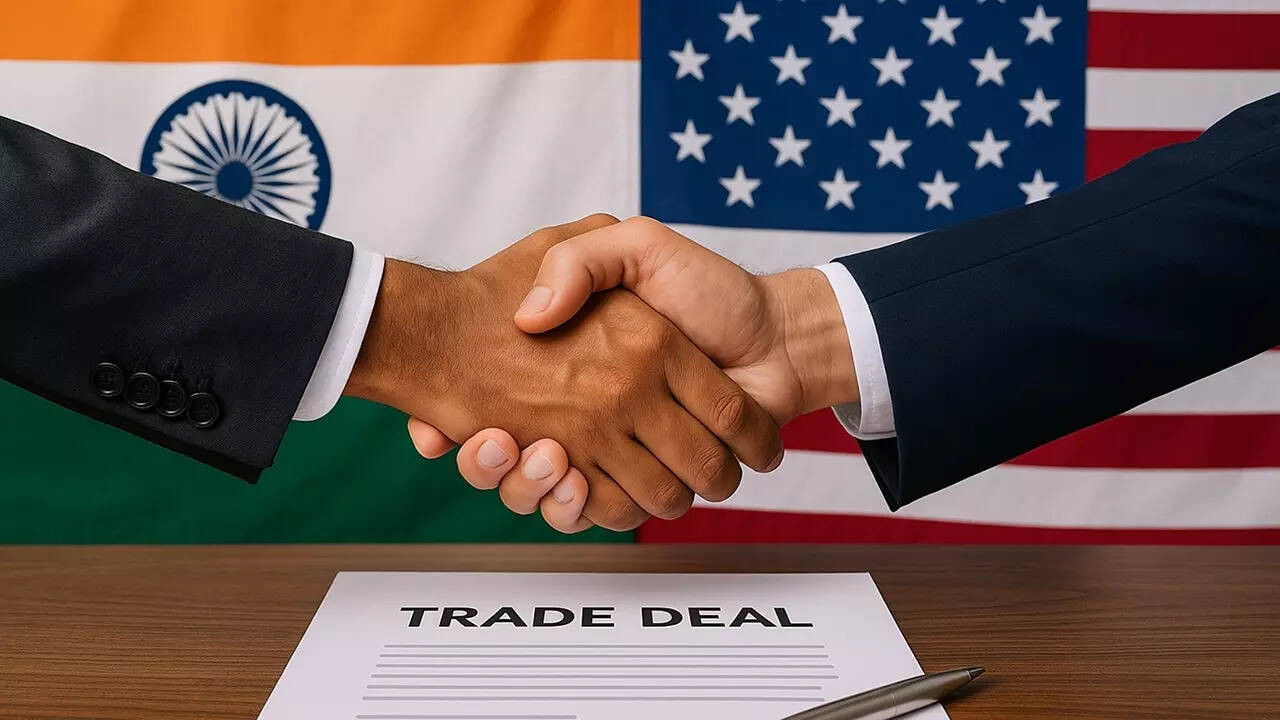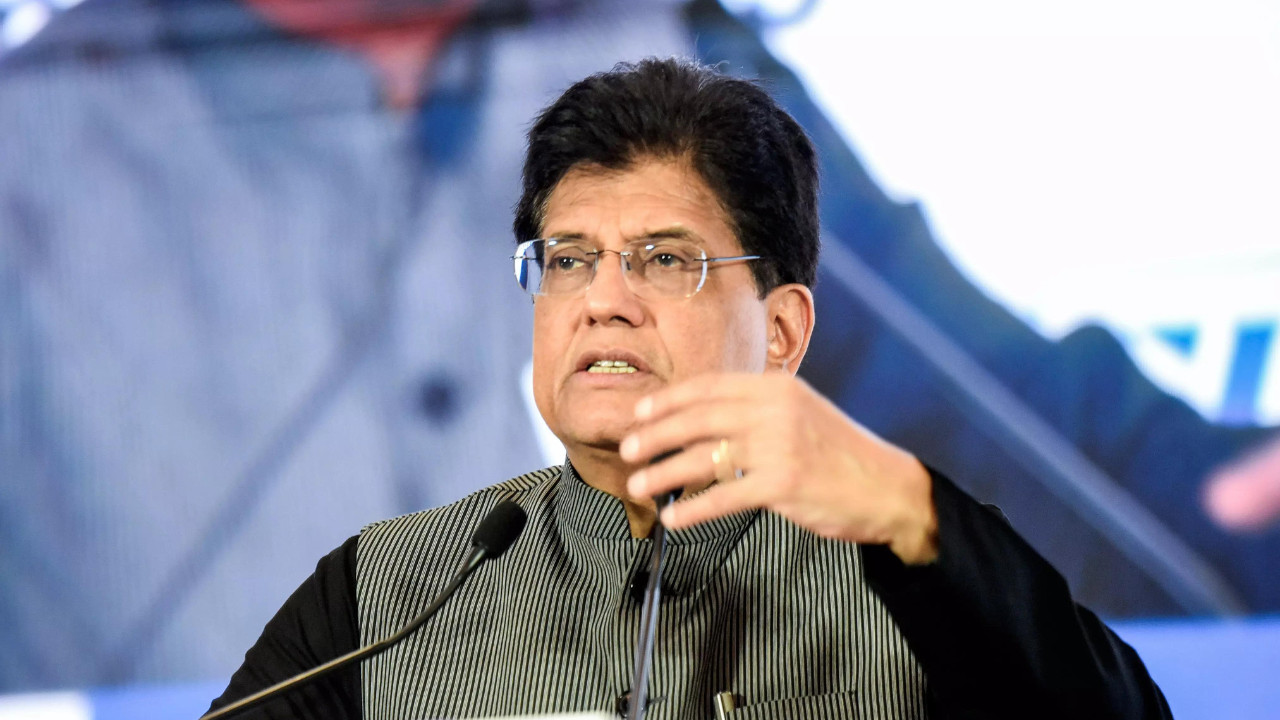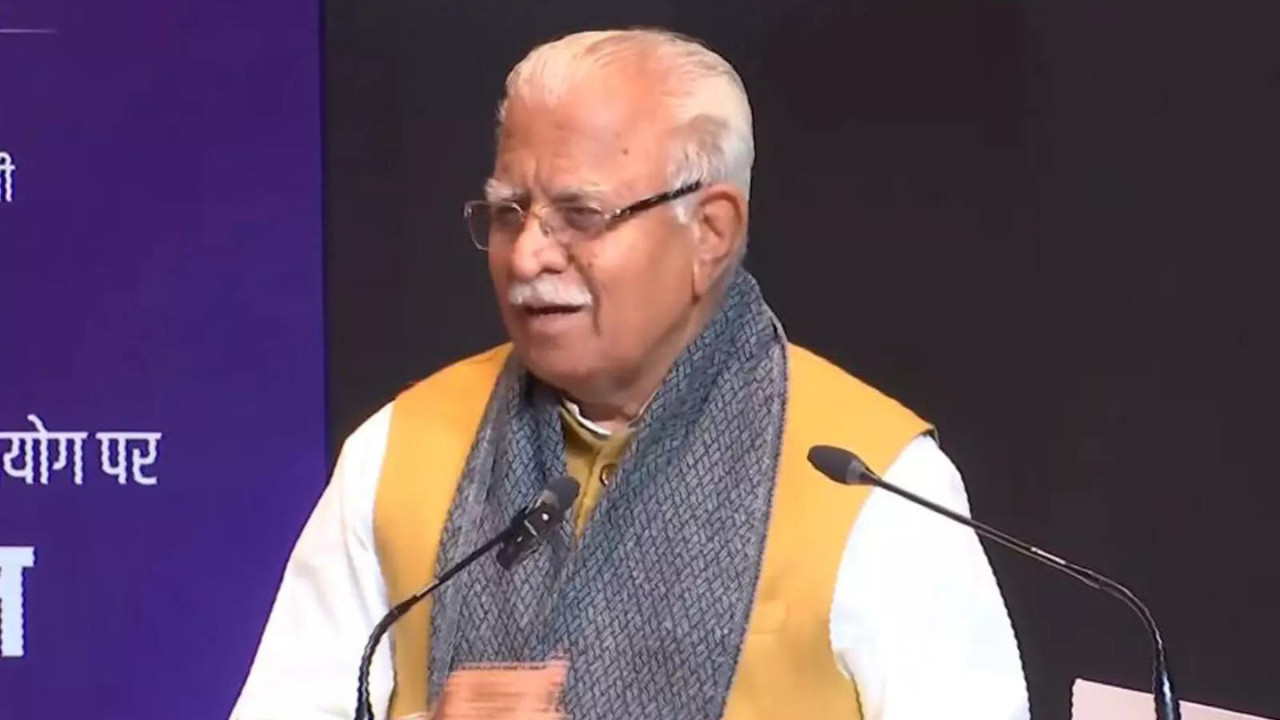India and the US are in trade talks. An American team will visit India in August. Both countries want an interim trade deal before August 1. Discussions covered agriculture and auto tariffs. India seeks preferential duties for its industries. The US wants lower duties on industrial goods. They aim to finalize the first phase by September-October.
Navigating the Tightrope: India-US Trade Deal Talks Resume
The dance between India and the United States on the trade front is set to continue. August will see another round of discussions aimed at forging a more comprehensive agreement, a move that comes as the shadow of potential tariff hikes looms large. The stakes are high for both nations, and the path toward a mutually beneficial accord remains a complex one.
The upcoming visit from the US trade delegation signals a renewed commitment to finding common ground. But what exactly is on the table, and what are the potential roadblocks? We’re diving into the key aspects of these ongoing negotiations and exploring what they could mean for businesses and consumers on both sides of the globe.
The Elephant in the Room: Tariffs and Trade Barriers
One of the biggest points of contention – and perhaps the greatest impetus for a deal – is the threat of increased tariffs. The previous administration’s “America First” policies led to friction with several trading partners, including India. While there’s been a shift in tone, the underlying issues surrounding market access and trade imbalances haven’t vanished. India, seeking to protect its domestic industries, has often employed tariffs and other trade barriers, drawing criticism from the US, which advocates for freer and more open markets.
These negotiations are about more than just avoiding tariffs, though. They represent an opportunity to unlock greater economic potential for both countries. A well-structured trade agreement could streamline processes, reduce red tape, and foster greater investment, creating jobs and boosting economic growth.
Key Areas of Focus for an India-US Trade Deal
Several sectors are likely to be at the forefront of the discussions. Agriculture, always a sensitive topic, is expected to be a major talking point. The US is keen to expand its access to the Indian agricultural market, while India is looking for greater access for its agricultural products in the US.
The digital economy is another crucial area. Data localization, intellectual property protection, and e-commerce regulations are all likely to be on the agenda. Finding common ground on these issues will be essential for fostering innovation and promoting cross-border digital trade.
Pharmaceuticals and medical devices will undoubtedly feature prominently as well. The US seeks greater access for its pharmaceutical products in India, while India is looking for streamlined approval processes for its generic drugs in the US.

Navigating the Geopolitical Landscape
Beyond the purely economic considerations, the India-US trade talks are also taking place against a backdrop of evolving geopolitical dynamics. Both nations share concerns about regional security and are increasingly aligned in their strategic interests. A strong economic partnership can further solidify this relationship and enhance their ability to address shared challenges.
However, it’s important to acknowledge the differences that exist. India’s approach to foreign policy is often characterized by non-alignment, while the US is a staunch advocate for its own set of values and principles. Navigating these differences will require skillful diplomacy and a willingness to compromise.
The Road Ahead: Challenges and Opportunities
The path to a comprehensive India-US trade deal is unlikely to be smooth. Differences in regulatory frameworks, bureaucratic hurdles, and political sensitivities will need to be carefully addressed. However, the potential rewards are significant. A successful agreement could unlock billions of dollars in trade, create jobs, and strengthen the strategic partnership between the two nations.
Previous trade discussions have laid the groundwork, identifying key areas of convergence and divergence. The upcoming round of talks will need to build on this foundation, focusing on finding practical solutions that address the concerns of both sides. Transparency and open communication will be crucial for building trust and fostering a collaborative environment.
Furthermore, for businesses anticipating the benefits of a favorable India-US trade deal, it’s vital to stay informed. Understanding the nuances of potential agreements, preparing for regulatory changes, and identifying new market opportunities will be crucial for success. Stay tuned to resources such as our guide to [expanding your business internationally](internal-link) for further insights.
A New Chapter in India-US Relations?
Whether these upcoming negotiations will result in a breakthrough remains to be seen. But the fact that both sides are engaging in earnest dialogue is a positive sign. Ultimately, a successful India-US trade deal would not only boost economic growth but also strengthen the strategic partnership between two of the world’s most important democracies. Finding common ground on trade will pave the way for greater cooperation on a range of other global issues, solidifying a relationship that is increasingly vital in the 21st century.







